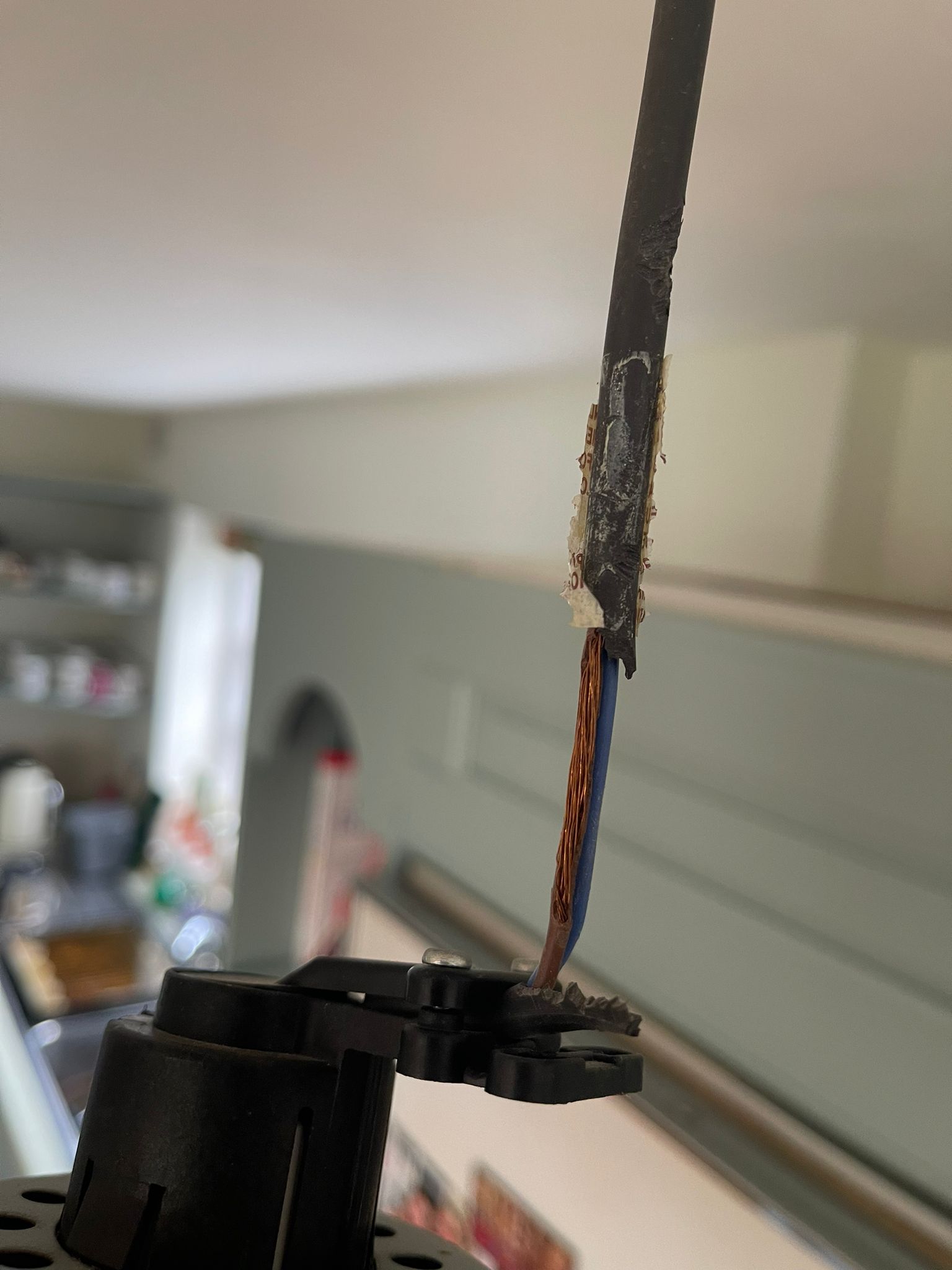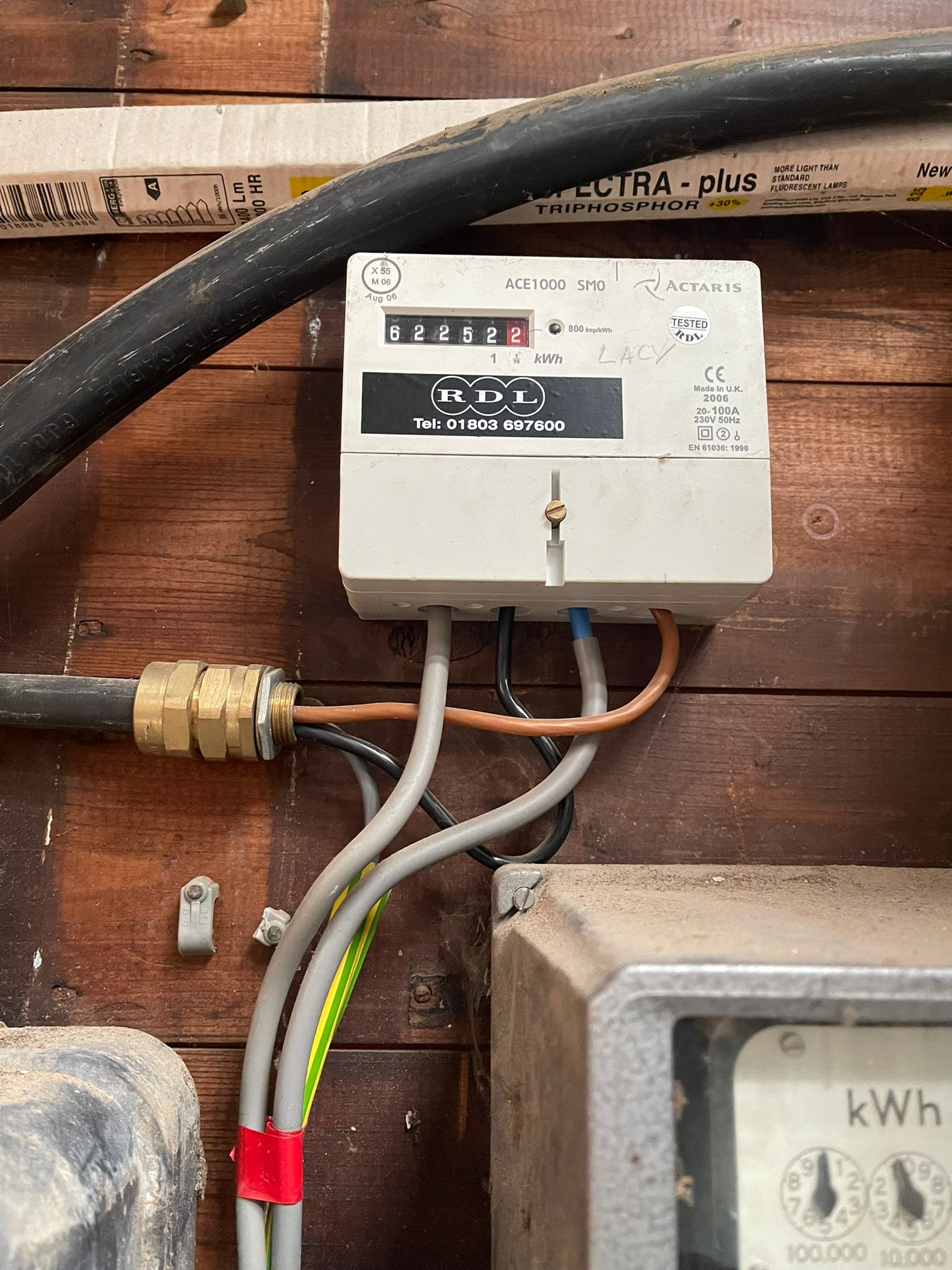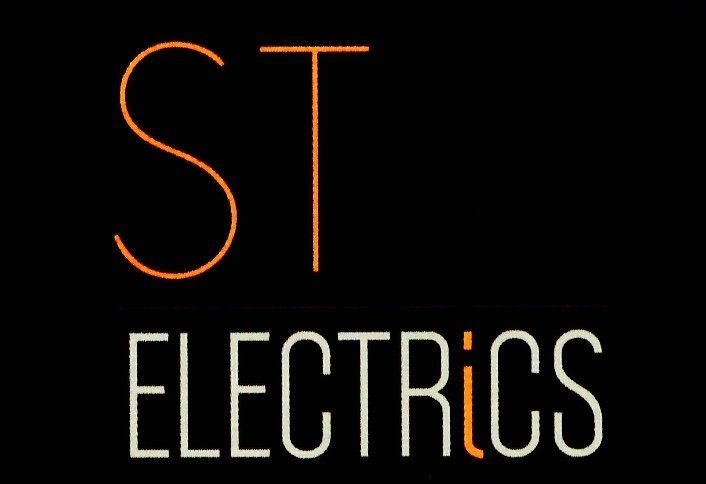Electrical Installation Condition Reports
Providing compliance certification for the private and rented sectors.
Electrical Installation Condition Reports
Making sure you home is safe is most peoples first priority, it is important to keep you electrics up to date and checked on a regular basis so that you can avoid damage to your house and unexpected costs in the future. We recommend you have any privately owned domestic houses tested as a minimum of every 10 years and when you buy the house so that you are aware of the condition of the electrical installation.
For the Landlords we recommend that any domestic rental property is tested as a minimum of every 3 years or change of occupancy. At ST Electrics we recommend every 3 years because from our experience we find that landlords we work for will prefer to have the properties tested more regularly, giving a clear indication of the condition more often, reducing the chance of electrical problems and also it ensure the safety of the tenants in your property.
We also carry out EICR's on Commercial and industrial properties e.g Farms, Factory's, Warehouses, Units, Offices, Shops and many more. These all have their own specific minimum time scales that are required to be tested, please speak to one of the team at ST Electrics for more information on Commercial, Industrial and Agricultural properties, we will be happy the assist.
What happens during an Electrical Installation Condition Report?
The average time it takes to carry out an EICR varies across the different installations but on a domestic property the average is between 3-6 hours dependant on the size of the consumer unit.
During the EICR you should expect power disruptions throughout the time we are there, please talk to one of the team if this will be a concern for you we will work with you on this. Every circuit will be tested within our limitations (limitations of work will be provided to you when we carry out an EICR) this will involve taking off 10% of the accessories, switchgear and luminaries to visually inspect and test the circuits.
We will construct a report for you identifying any issues with the installation and a quotation to rectify the issues in the best way we can. All are reports work on a coding system to identify the risk:
- C1 – There is a danger present, risk of injury and immediate remedial action required.
- C2 – There is a potential danger present and urgent remedial work is required.
- C3 – Improvement is recommended.
Facts about EICR's most people don't know
- Please be aware some home insurance policies will only cover you for electrical damage and electrical fires if you have a valid up-to date EICR on the property or electrical installation certificate if its a new property.
- We can tell you an estimated age of the electrical installation from just looking at the type of wiring used and the consumer unit.
- Most problems are caused by installer error or loose connections.
What are the most common codes we find on EICR's?
- No main protective bonding conductor has been installed on the water or gas incoming pipes or it is undersized.
- Basic protection out of the enclosure at a down light where they have not been installed correctly or the down light itself is not fire rated making a break in the fire barrier.
- No continuity between the ring final conductors or high continuity on one of the conductors where they have not been tightened up correctly.
- Signs of burning inside accessories, due to loose connections or overload.
Here are some of the examples we find!



PAT Testing
Here at ST Electrics we also carry out PAT Testing (Portable Item Testing), as well as ensuring your fixed wire electrical installation is in good working order, it is also important to ensure that your portable electrical items are in good working order this is anything that can be plugged into a socket outlet and is not part of the fixed wiring.
A number of plug in items are being mass produced around the world and the process is getting cheaper each time this can result in a less than adequate manufactory process and can result in faults occurring on items, having items PAT tested regularly can help to reduce the risk of an electrical fire from a plug in item.
It is important for Landlords to get PAT testing carried out on any items that you provide to your tenants, as items can get damaged and detonate over time, this will help to keep your tenants safe and reduce the risk of damaged to your properties electrical installation.




